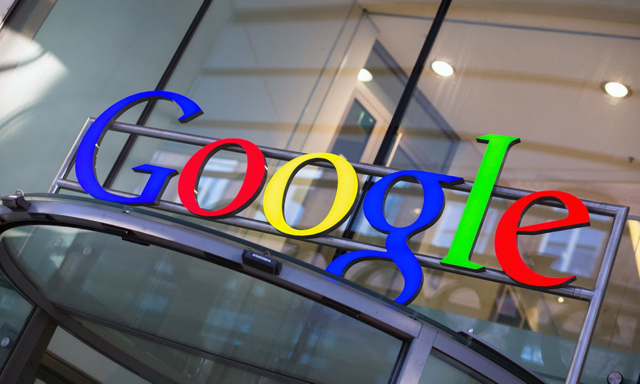Google’s Update to AMP Format Intends to Curb Link Baiting
November 21, 2017
Starting in February 2018, Google will require AMP pages (Accelerated Mobile Pages) — which load faster with fewer ads and links — to contain nearly identical content to the website’s original page. The goal is to prevent website owners from publishing two versions of a webpage whereby the AMP page merely directs users to the original page, or what Google calls the canonical page. The original page loads more slowly than an AMP, contains more ads and might have a lower bounce rate (of users who only view one page).
The Verge reports that, “Google is cracking down on that behavior.” “AMP was introduced to dramatically improve the performance of the web and deliver a fast, consistent content consumption experience,” said AMP product manager Ashish Mehta. “In keeping with this goal, we’ll be enforcing the requirement of close parity between AMP and canonical page, for pages that wish to be shown in Google Search as AMPs.”
The top of an AMP page already has a button to link to the site’s home page. Google asserts that, “using AMP does not affect the search ranking of a given URL.” Publishing in AMP “is required to earn placement in Google search’s Top Stories carousel.” Mehta says the webmaster will be notified to “fix the issue before its AMP page can be served again.”
On the Google Webmaster Central Blog, Mehta describes the changes it will make, stating that “the open source accelerated mobile pages project (AMP) launched in 2015 and has seen tremendous growth with over 25M domains having implemented the AMP format.”
To ensure that users “have a great content consumption experience that ultimately leads to more engagement with publisher content,” it adds, both the AMP page and canonical page will have “equivalent content leading the user to get the same content but with a faster and smoother experience via AMP.”
Google particularly disapproved of the AMP pages being used as “teaser pages” with minimal content.
Now, says Google, “where we find that an AMP page doesn’t contain the same critical content as its non-AMP equivalent, we will direct our users to the non-AMP page.” Such pages also “will not be considered for Search features that require AMP, such as the Top Stories carousel with AMP.” Parity between sites, it concludes, “will lead to better experience on your site and ultimately happier users.”


No Comments Yet
You can be the first to comment!
Sorry, comments for this entry are closed at this time.